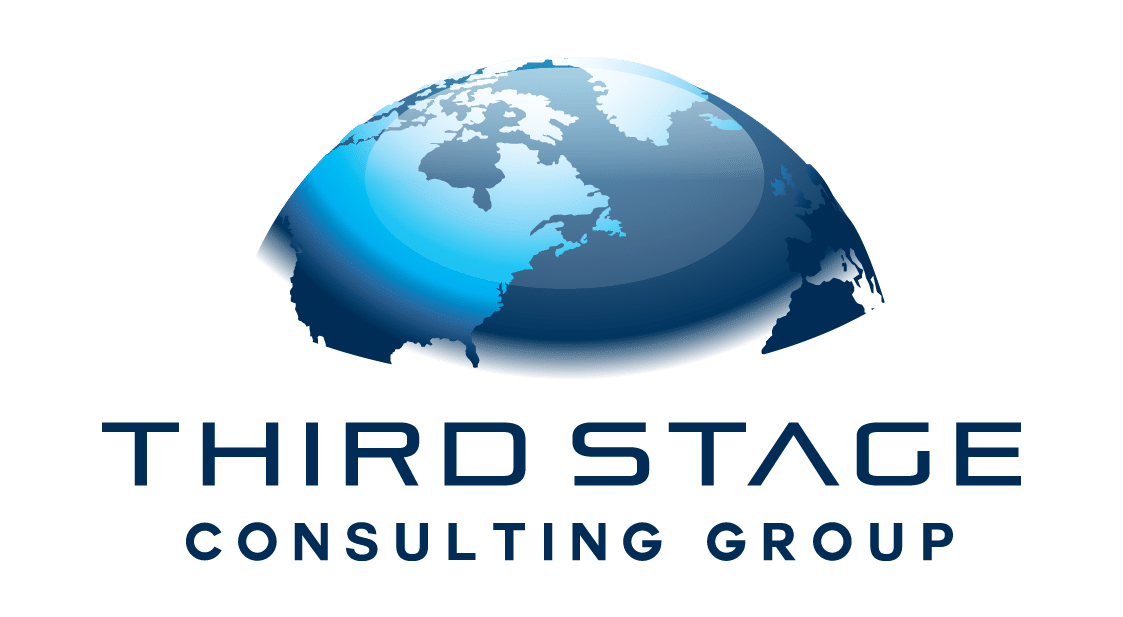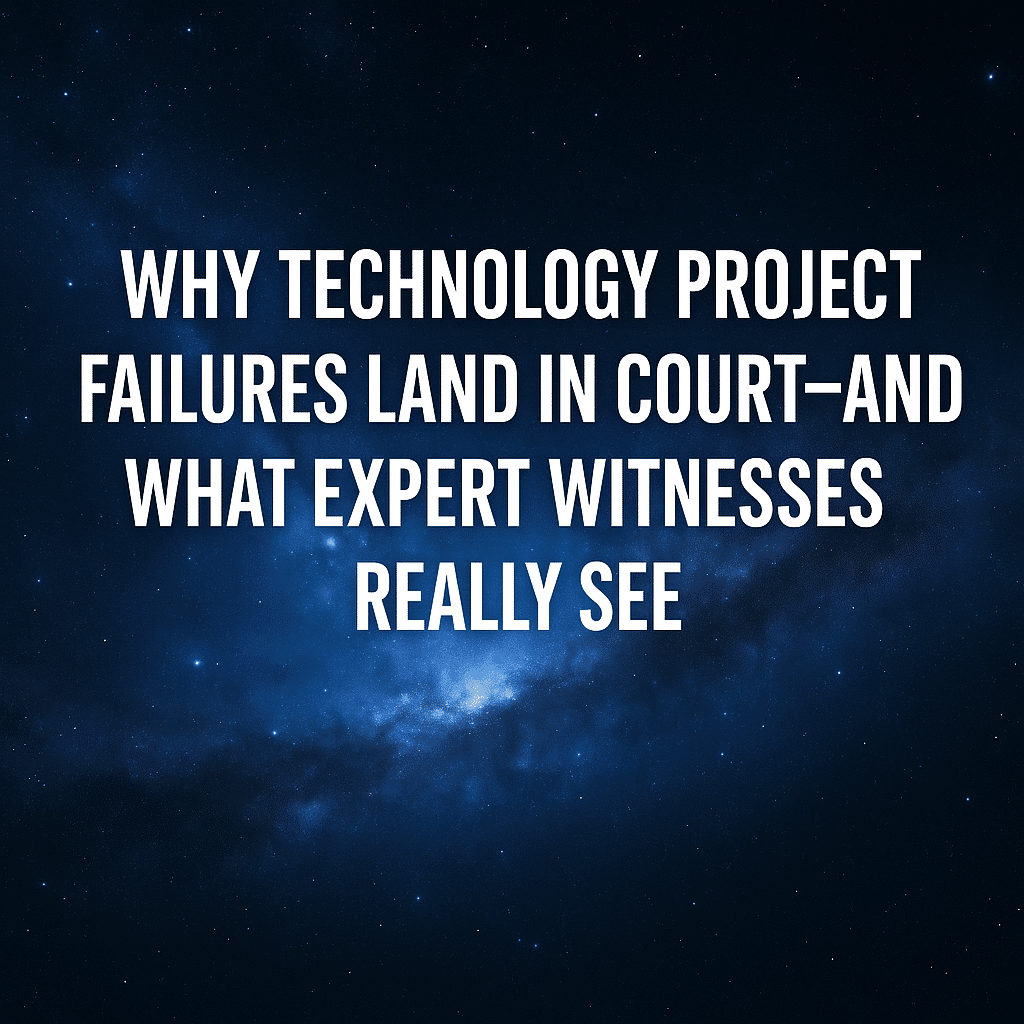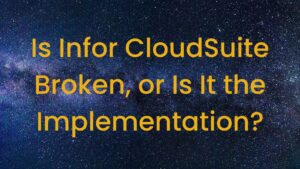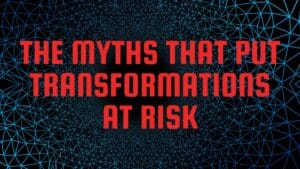It’s an unfortunate but unavoidable truth: some digital transformation and ERP projects go so far off the rails that they land in the courtroom. At that point, clients often hire consulting firms like ours to act as independent, unbiased expert witnesses, helping courts and legal teams understand exactly what went wrong, why it happened, and who is responsible.
While most organizations begin these technology initiatives with optimism and trust in their partners, things can unravel quickly. Once a project begins to show signs of distress — budget overruns, missed milestones, misaligned expectations — the organizations funding these projects (the plaintiffs in a legal sense) start to look for answers. That’s when they call in the experts.
Table of Contents
ToggleHow Midstream Project Recovery Translates to Litigation
Clients typically engage us midstream, once they sense their implementation is failing. Sometimes, we support them to get things back on track before legal action becomes necessary. But in many cases, project failures cross the threshold into formal legal disputes.
These legal engagements can be drastically different from a typical project rescue effort. A litigation matter might drag on for years, whereas a project recovery assignment might last only a few months. But both share a common thread: our team must follow the breadcrumbs from day one of the project through to the present, understanding the full chain of events and what went wrong.
In litigation, the client (often the end customer paying for the technology) is usually the plaintiff. They might sue the software vendor, the system integrator, or both — alleging that promises were broken, solutions failed, or damages were incurred.
Occasionally, we’re brought in on the defense side, representing software vendors or system integrators. But most often, our role is to help the client (the one writing the checks and left holding the bag on a failed implementation) demonstrate how and why their technology partners failed to deliver.
Who’s At Fault? It’s Rarely Simple.
When attorneys bring us into these expert witness cases, one of our first conversations is about impartiality. We stress from day one: we’re not there to take sides blindly. We review evidence, statements, and project documentation to determine the real story, no matter who it helps or hurts.
The truth? Rarely is just one party fully at fault. In most failures, there is plenty of blame to go around. Often, the client shoulders some responsibility — for example, failing to oversee the system integrator properly, underestimating the effort required, or not understanding what an ERP or enterprise system project truly entails.
That said, the burden of successful delivery usually rests with the software vendor or implementation partner. They are, after all, the experts. The client hires them specifically for that expertise. The integrator or vendor is expected to spot risks, raise red flags, and proactively manage challenges. When they fail to do so, the entire project can collapse, and legal action becomes the next logical step.
The Complexity of Custom-Built Systems
Some of the most memorable and complex expert witness assignments we’ve supported involve clients with 20–30 years of deeply customized, homegrown systems. These organizations often move to a commercial, cloud-based ERP solution expecting a plug-and-play transition. They want a modern, off-the-shelf platform to replicate decades of niche processes from day one — and they do not want to pay for customization.
This expectation is almost always a recipe for disaster.
For example, consider a client with a highly complex fulfillment system handling thousands of shipments daily. They developed proprietary allocation rules for prioritizing shipments, reassigning products in real time, and flexibly reallocating inventory. Out-of-the-box ERP systems typically cannot support that level of unique process nuance on day one, yet the client expects them to.
This clash between a modern platform’s limitations and the unique legacy processes built over decades is a common reason for failure. The client essentially asks a generic product to behave like a custom-built solution without investing in appropriate change management, data mapping, or configuration. When this fails, frustration and lawsuits often follow.
Expert Witnesses Role of Oversight and Accountability
One of the most critical missteps we see — especially on the client side — is completely handing over the project keys to the system integrator with minimal oversight. The mindset becomes, “Make us happy, and don’t bother us with the details.”
This lack of governance and accountability can allow minor problems to grow into catastrophic issues. Missed deadlines, budget overruns, misconfigured functionality — all can snowball when clients do not stay actively engaged in their own transformation.
In many of these expert witness cases, we find that the breakdown started when clients stopped asking tough questions and assumed their partner would handle every detail flawlessly. In reality, a successful ERP or digital transformation requires joint ownership between the client and their vendors — every step of the way.
Lessons Learned from the Expert Witnesses
Over the past 15+ years, we’ve seen high-profile ERP lawsuits, including the famous Waste Management vs. SAP case, and many others behind closed doors. Whether the industry is retail, manufacturing, or distribution, the themes remain the same:
✅ Underestimating project complexity
✅ Overreliance on a system integrator without oversight
✅ Unrealistic expectations around legacy process replication
✅ Failure to identify and mitigate risks proactively
Ultimately, technology vendors and system integrators carry a big burden of responsibility because they are hired as the experts. But clients cannot abdicate their role, either. These projects succeed only when all parties work collaboratively, maintain accountability, and adapt to challenges together.
Final Thoughts
As expert witnesses, we look at these cases with an impartial, evidence-based approach. While it’s easy to point fingers, the real lessons lie in understanding how things went off the rails — and how organizations can avoid repeating the same mistakes.
If your organization is about to embark on a complex ERP or digital transformation, learn from these cautionary tales. Build a strong governance model, define clear expectations, maintain constant oversight, and choose partners who are transparent about risks.
It’s far better to resolve issues in the boardroom than in the courtroom. But if it does get to litigation, be sure to have an experienced, impartial advisor by your side — one who has seen how these projects can break down, and knows how to put the facts in clear, defensible perspective.






